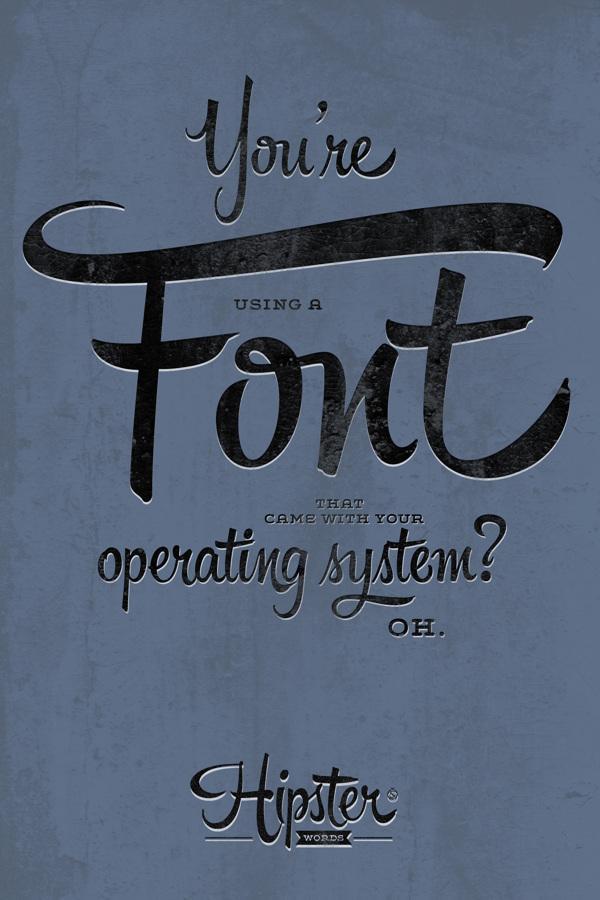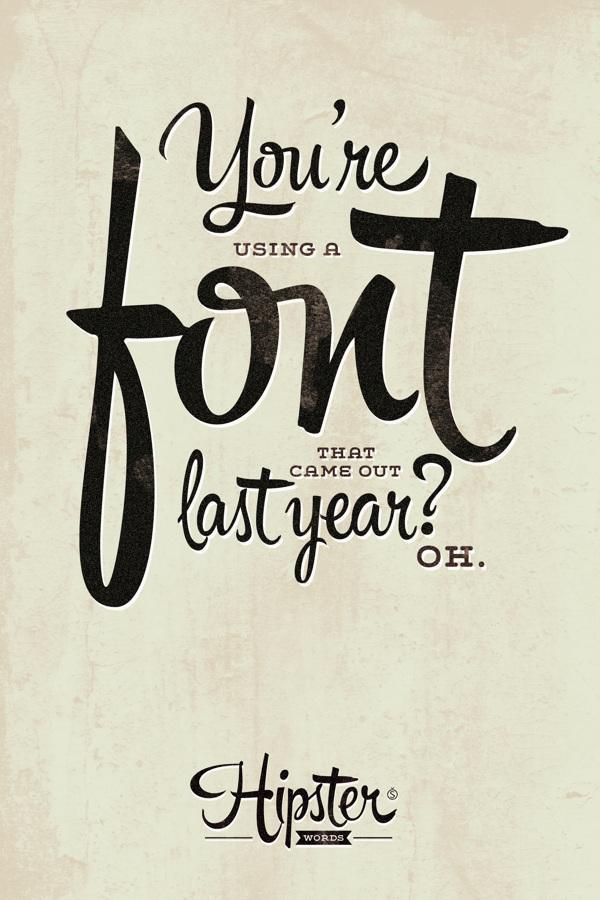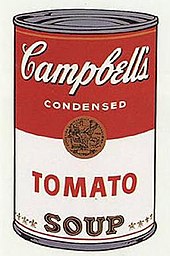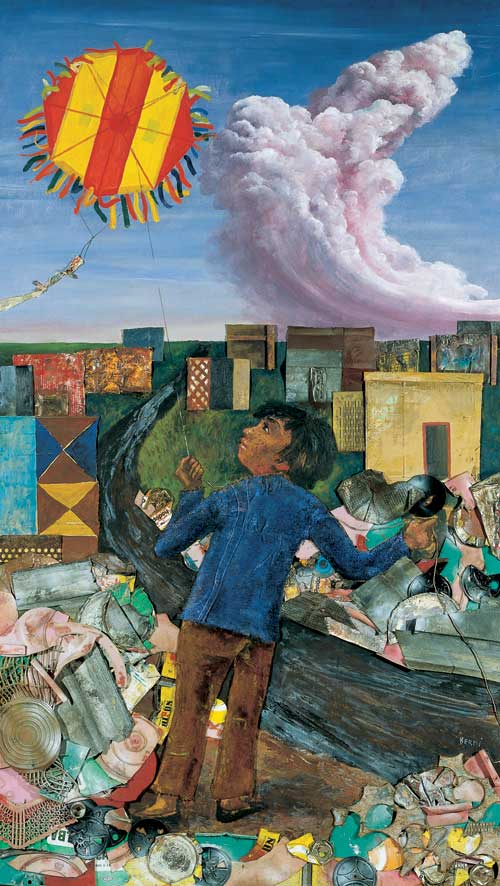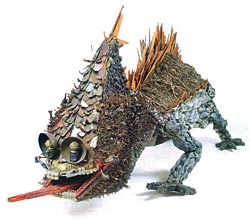About Art Therapy
Art therapy can be beneficial to people of all ages, but it is especially useful for children and adolescents. Art is a natural form of communication for children because it is easier for them to express themselves visually rather than verbally. Art making has also been shown to enhance cognitive abilities, improve social skills, and encourage selfesteem in school-age children.
Art therapists are mental health professionals who are skilled in the application of a variety of art modalities
(drawing, painting, clay, digital and computer-driven, and other media) for assessment and treatment and are
specifically educated to use art in therapy with individuals of all ages. We hope that this information will give you a greater understanding of how art therapy can be used to improve learning and develop cognitive, motor, social, and creative skills in the classroom and as a support service to school-age students.
What Do School Art Therapists Do?
School art therapists are proficient in a wide variety of art-based
techniques to evaluate students’ cognitive and emotional development, academic strengths and problems, and sensory-motor, social, and behavioral skills. Based on this evaluation and consultation with school personnel and parents, art therapists provide art experiences to help students improve learning, interpersonal skills and behavior, and/or physical abilities. In the US, they also establish individual goals and
objectives for students Individual Educational Plans (IEPs). Depending on goals for improvement, students may receive individual art therapy and/or group art therapy. Art therapy may be used to facilitate students’
expression of feelings, enhance positive behaviors, increase self-esteem, augment cognitive abilities, and/or improve social skills. Helping students reach their fullest potential within the educational environment is the overriding goal of art therapy in all cases.
What Student Populations Benefit From Art Therapy?
School art therapists work with students who have a wide variety of needs, such as learning disabilities, attention deficit disorder (ADD), attention deficit hyperactivity disorder (ADHD), autism, mental retardation, physical disabilities, behavioral disorders, and emotional disorders, among others. For example, an art therapist working with a child with ADHD may develop activities to help reduce impulsive behaviors, enhance interpersonal behavior, and improve study skills and classroom performance. Or, in working with a student with sensory-motor
How is Art Therapy Different From Other Types of Services?
School art therapists are uniquely proficient in and knowledgeable about using art-based assessments and tasks with students of all ages. Art expression provides children and adolescents a way to communicate aspects of feelings, perceptions, and development in ways that words cannot. Art therapy combines both visual and verbal approaches to help students meet goals and objectives for improvement and complements school counseling, school psychology, and other pupil services.
For more information about art therapy and to join our community, visit:
www.internationalarttherapy.org | www.arttherapyalliance.org
info@arttherapyalliance.org | info@theiato.org
For more information, see the following:
Books & Articles:
Bush, J. (1997). The handbook of school art therapy: Introducing art
therapy into a school system. Springfield, IL: Charles C Thomas.
Prasad, S. (2008). Creative expression: Say it with art [art education
and art therapy in schools in India]. Virginia, US: Author.
Safran, D. (2002). Art therapy and ADHD: Diagnostic and therapeutic
approaches. London: Jessica Kingsley.
Stepney, S. (2001). Art therapy with students at risk: Introducing art
therapy into an alternative learning environment for adolescents.
Springfield, IL: Charles C Thomas.
Malchiodi, C. (1998). Understanding children's drawings. New York:
Guilford.
Kearns, D. (2004). Art therapy with a child experiencing sensory
integration difficulty. Art Therapy, 21 (2), 95-101.
Riley, S. (1999). Contemporary art therapy approaches with adolescents.
London: Jessica Kingsley.
Pleasant-Metcalf, A. & Rosal, M. (1997). The use of art therapy to
improve academic performance. Art Therapy, 14 (1), 23-29.
Silver, R. (2000). Developing cognitive and creative skills through art:
Programs for children with communication disorders or learning
disabilities (3rd Ed.). New York: Albin Press.
Websites:
School Art Therapy in the US [Janet Bush website], visit: http://
www.schoolarttherapy.com/school_art_therapy.htm
The Art Therapy Connection is a not-for-profit organization
dedicated to serving children who are at risk of failure in their
school setting; visit http://www.arttherapyconnection.org/
Art Therapy in Schools & Educational Settings, visit: http://
www.internationalarttherapy.org/psychoeducational.html. View
film on art therapy program and download PDF of school art
therapy ethics.
© 2010 International Art Therapy Organization & Art Therapy Alliance; prepared by Cathy Malchiodi, PhD, ATR-BC

